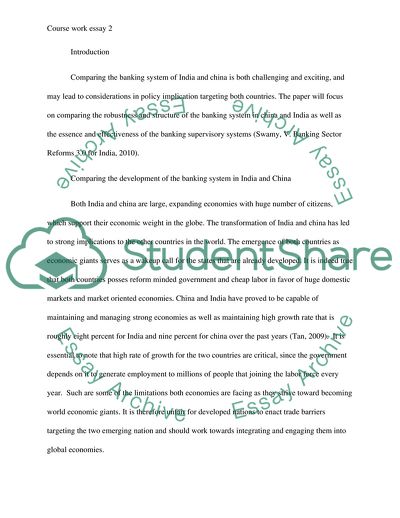Cite this document
(Development of the Banking System in India and China Coursework, n.d.)
Development of the Banking System in India and China Coursework. https://studentshare.org/politics/1859635-analyse-and-compare-the-development-of-the-banking-system-in-china-and-india-highlighting-the-key-changes-that-have-taken-place-in-the-last-15-years
Development of the Banking System in India and China Coursework. https://studentshare.org/politics/1859635-analyse-and-compare-the-development-of-the-banking-system-in-china-and-india-highlighting-the-key-changes-that-have-taken-place-in-the-last-15-years
(Development of the Banking System in India and China Coursework)
Development of the Banking System in India and China Coursework. https://studentshare.org/politics/1859635-analyse-and-compare-the-development-of-the-banking-system-in-china-and-india-highlighting-the-key-changes-that-have-taken-place-in-the-last-15-years.
Development of the Banking System in India and China Coursework. https://studentshare.org/politics/1859635-analyse-and-compare-the-development-of-the-banking-system-in-china-and-india-highlighting-the-key-changes-that-have-taken-place-in-the-last-15-years.
“Development of the Banking System in India and China Coursework”. https://studentshare.org/politics/1859635-analyse-and-compare-the-development-of-the-banking-system-in-china-and-india-highlighting-the-key-changes-that-have-taken-place-in-the-last-15-years.


